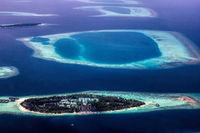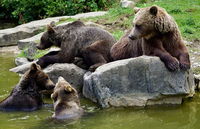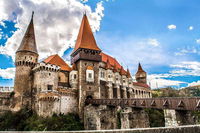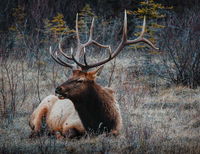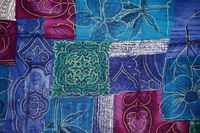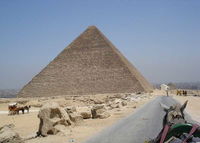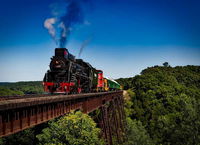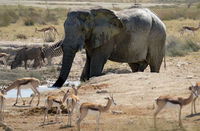
Four Down - Twelve to Go Trivia Quiz
Games People Play
There are more board games and card games than Monopoly, Scrabble, Clue(do) and Uno! (Four down.) These are pictorial clues which should give a hint to twelve of them. (Twelve to go.) How many can you guess, or do you know? Can you match them up?
by Lottie1001.
Estimated time: 3 mins.
- Home
- »
- Quizzes
- »
- Hobbies Trivia
- »
- Games & Toys
- »
- Board Games

